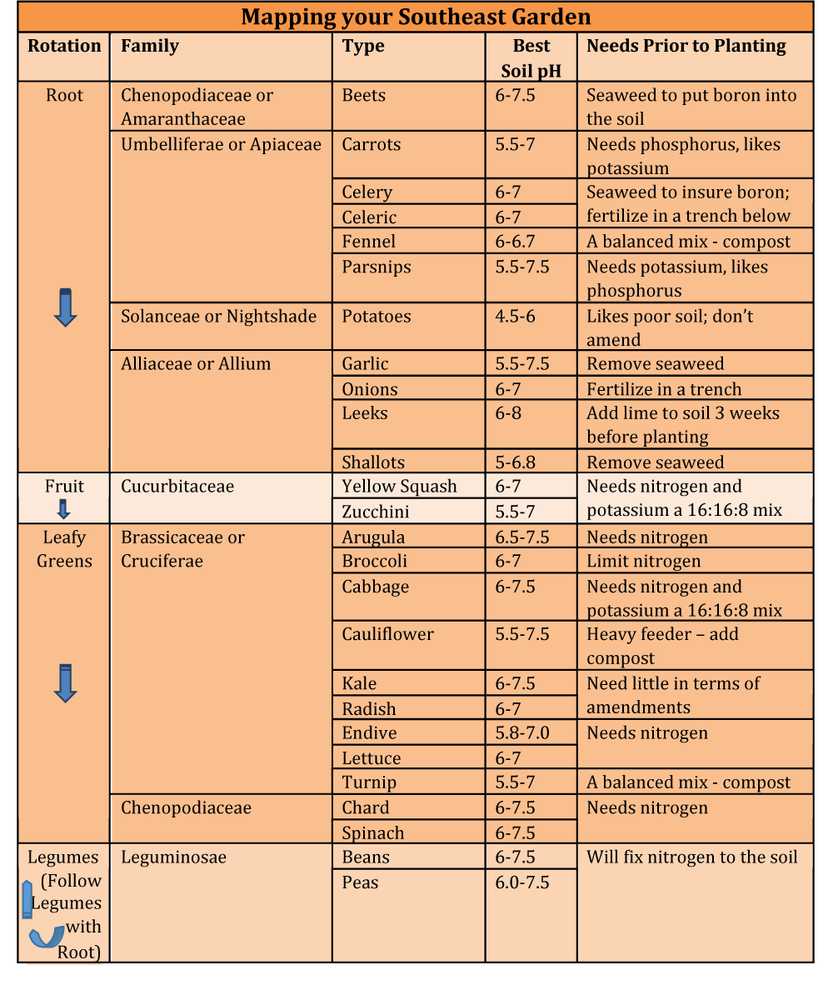Snow might be in the forecast, but lately, winter has felt too close to spring temperatures not to think about gardening. Of course, I would say the same thing if the temperatures had been closer to Fairbanks lows and my only escape from that dreariness was to think about summer. February is a good month to flip through seed catalogs and dream about warm, sunny days.
Mapping out your garden is a good place to start. Planning allows us to maximize our garden area by trying out different spacing and planting options as well as creating a plan to rotate crops. Despite the time you spend tending your plants, it’s amazing how quickly you can forget how your plot was laid out.
One of the most important considerations to help you maintain your soil is to move the different types of plants around in your garden beds from year to year. Each variety of plant uses up different nutrients in the soil and attracts different pests. Some plants, like legumes, actually improve the soil. Most, however, deplete certain nutrients or reduce soil fertility at different depths. Because the soil isn’t being robbed of the same nutrients year after year, plants continue to thrive and pests are better controlled if you rotate your plants.
Crop rotation follows some basic rules. You don’t want to put vegetables from the same family in the exact bed as you did last year. For instance, you wouldn’t want carrots in the same place that parsnips were grown last year, as both are part of the Umbelliferae Family.
The second rule is to never follow a heavy feeder with another heavy feeder. Plants that are heavy feeders include tomatoes, broccoli, leafy greens, and parsley. Light feeders include most root crops, garlic, onions, beets and radishes.
The last rule is usually the easiest to follow. You always want to include a legume in your garden. Peas and beans take nitrogen from the air and fix it in the soil in a form that other plants can use. Even if you dislike those type of vegetables, grow them as a cover crop to provide a tonic for your soil.
Rotating is one decision to make. Another consideration is whether to take companion gardening theories into account. Some people think growing certain plants next to each enhances their taste or productivity. Louise Riotte has written some great books on this subject, including “Carrots Love Tomatoes” and “Roses Love Garlic.”
Some of the concepts seem to make sense, and it certainly doesn’t harm the plant to create these pairings. Be careful, though — you don’t want to select pairs of plants to reduce pests, only to find that you need to take half of the growing space for a plant you’re not interested in harvesting, like marigolds.
The map you draw allows you to figure out the puzzle of rotating your crops and what amendments need to be added to each section. It helps you create a plan to group plants according to their preferred pH or to install companion plants that encourage rather than stifle growth.
For most of us, this plan will change. What seemed like enough carrots just didn’t seem adequate or there was a bit of space left over in an area that needed to be filled. Sometimes, more of your seedlings will survive and you’ll need to place them somewhere. Despite these changes, I am always grateful to have a snap shot of what went where to review for the upcoming season and to focus on the optimism of a new season of gardening rather on those days that I’m soaked with sideways rain.
Check out Corinne’s pairings chart at juneauempire.com/outdoors
• Corinne Conlon is a freelance writer based out of Juneau. She can be reached at dirtgirlgardening@gmail.com.

